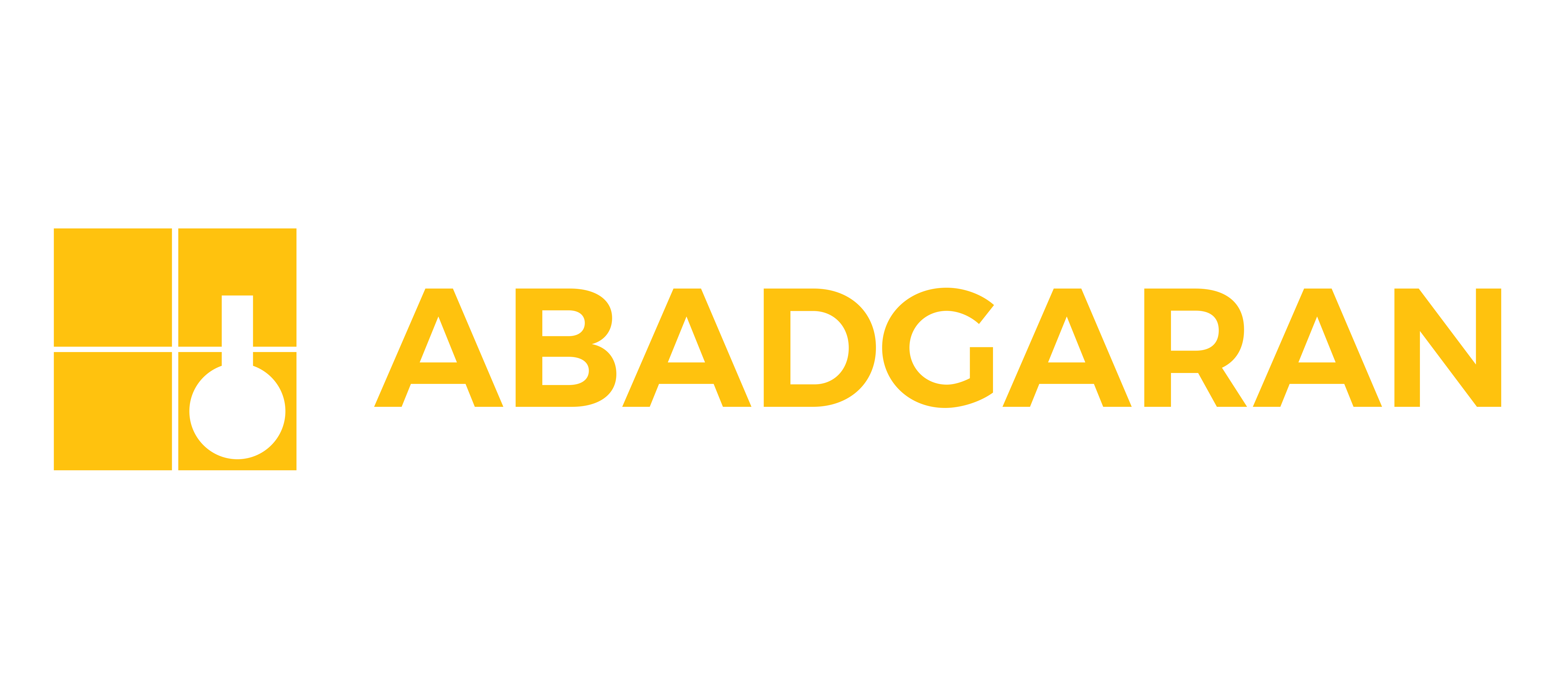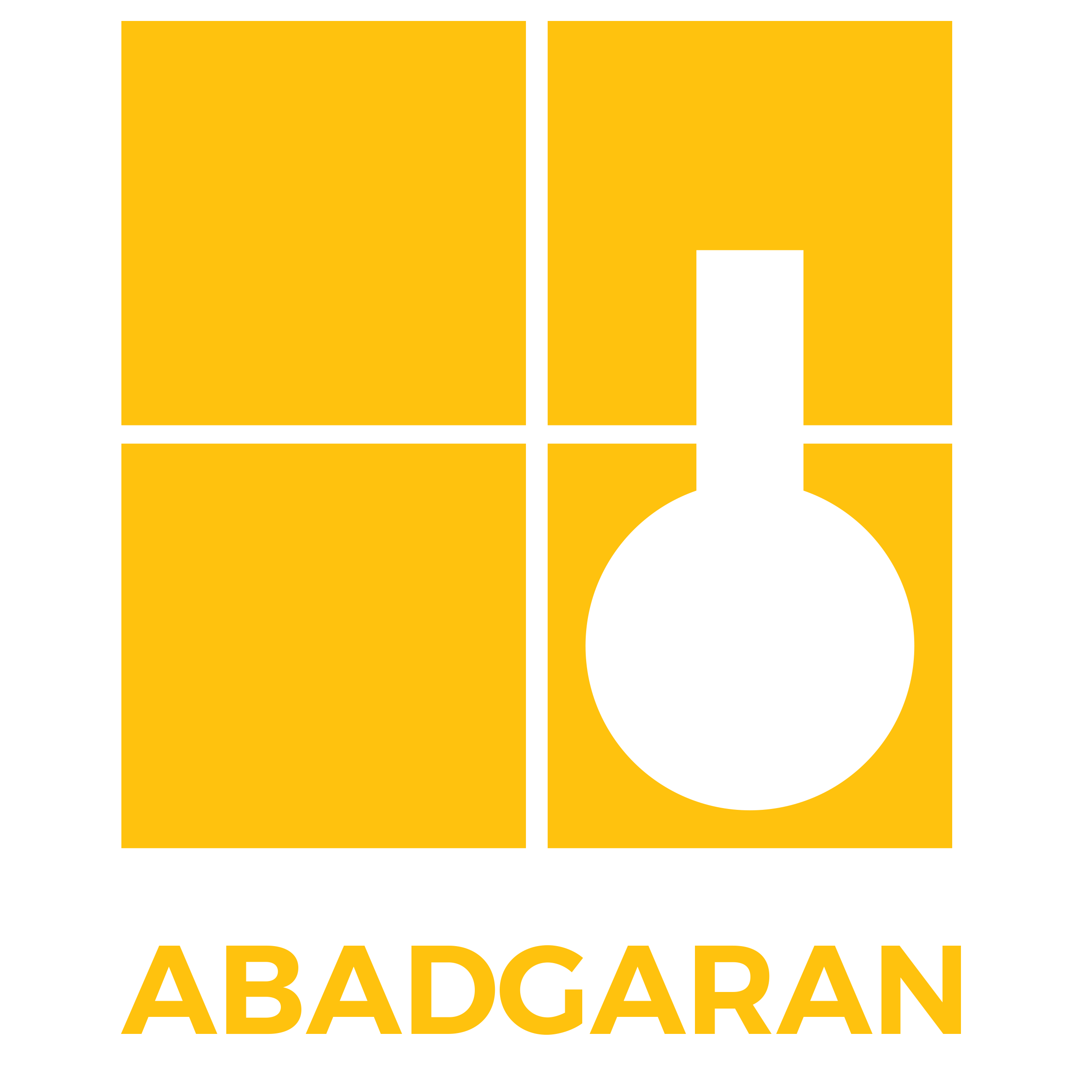
Please wait, loading...

Please wait, loading...

![]()

Application of Epoxy Coatings and Flooring
There are various methods for applying epoxy coatings and epoxy flooring, each selected based on specific needs, substrate type, and the final objective. Due to their outstanding features such as excellent adhesion, chemical resistance, and high durability, epoxy coatings and flooring are widely used across different industries. From manual to advanced automated methods, each offers optimizations for quality, efficiency, and diverse applications. In this article, we provide a comprehensive overview of these various methods.
1. Application of Epoxy Coating by Brush and Roller
Description: This manual method uses brushes or rollers to apply epoxy.
Advantages:
Disadvantages:
Applications:
2. Application of Epoxy Coating by Spray
Conventional Spray (Air Spray)
Description: Uses a spray gun with compressed air to atomize and apply epoxy.
Advantages:
Disadvantages:
Applications:

Airless Spray Application
Description: Uses high pressure to atomize epoxy without air.
Advantages:
Disadvantages:
Applications:

Electrostatic Spray Application
Description: Uses electrical charge to attract sprayed epoxy to the substrate surface.
Advantages:
Disadvantages:
Applications:

3. Dip Coating
Description: Involves immersing the substrate in a tank of epoxy and then removing it.
Advantages:
Disadvantages:
Applications:
4. Flow Coating
Description: Epoxy paint is poured onto the surface and allowed to flow evenly over it.
Advantages:
Disadvantages:
Applications:
5. Powder Coating Application
Description: Involves applying epoxy in powder form on the substrate, then curing it at high temperature
Advantages:
Disadvantages:
Applications:
6. Application with Trowel
Description: A manual method where epoxy material is applied using a trowel.
Advantages:
Disadvantages:
Applications:

7. Curtain Coating
Description: Epoxy flows continuously in a curtain-like sheet over passing substrates, coating the underneath surface.
Advantages:
Disadvantages:
Applications:

8. Vacuum Coating
Description: The substrate is placed in a vacuum chamber where epoxy is sprayed and cured.
Advantages:
Disadvantages:
Applications:
Conclusion
Each method has its own advantages and disadvantages and is selected based on application needs, substrate type, desired coating properties, and economic considerations. Various industries—from construction, automotive, aerospace, marine, to industrial and consumer goods—use these methods to meet their diverse coating requirements.
Specifically, Abadgaran Company applies different specialized epoxy coatings for various sections in construction and other industries, such as epoxy mortar for floor repair (ABADUR MP25/45), mid-layer epoxy flooring (ABAFLOOR 21), top-layer epoxy coating (ABAFLOOR 31), durable epoxy coatings for tanks (ABADUR-HP350), pipeline and metal equipment coatings, and other structural epoxy coatings. The company's technical consulting team provides guidance and necessary tools for applying epoxy coatings and flooring according to the conditions of each project.